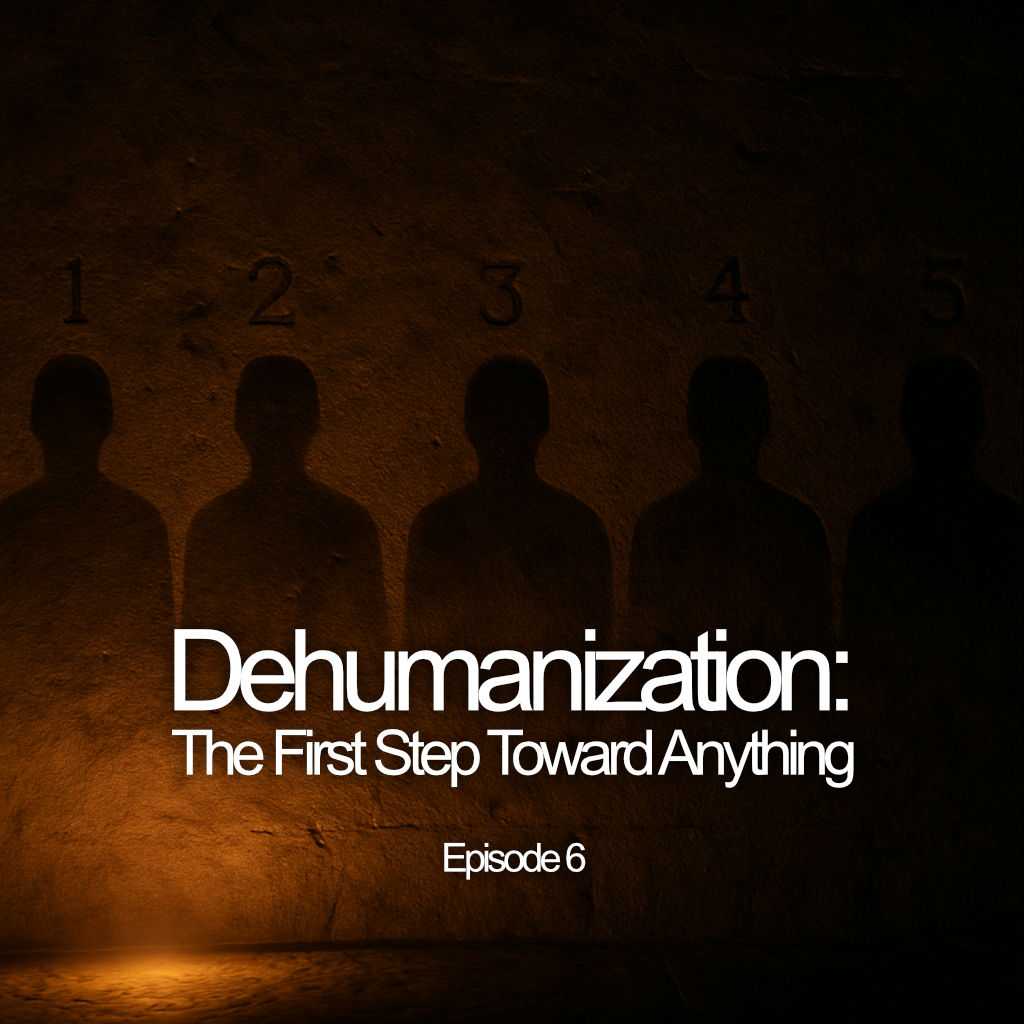Civility is often framed as the foundation of civilized society. It keeps conversations polite, tempers heated arguments, and allows space for difference.
But what happens when civility becomes a requirement? When it’s no longer a shared value, but a filter; one that determines who gets heard and who gets dismissed?
In many environments, civility is less about kindness and more about control. A tool that can silence dissent, preserve power, and disguise hostility as etiquette.
The Myth of Neutrality
Not all voices enter the conversation equally. People who express grief, frustration, or anger, especially those from marginalized groups, are often labeled as unprofessional, disruptive, or difficult. Their tone becomes the issue, not their message.
This is tone policing: the act of discrediting someone’s point because of how they express it.
The paradox? Those who are most affected by injustice are expected to speak calmly about it, often to those who benefit from the very systems they’re critiquing.
In this context, civility doesn’t create safety.
It creates silence.
Soft Power, Quiet Harm
In professional settings, especially within institutions that prize image over impact, civility can be weaponized in subtle ways:
Excluding certain topics from “appropriate” discussions.
Labeling urgency as aggression.
Equating calmness with credibility, regardless of context.
This kind of environment rewards those who already feel safe and penalizes those who don’t. It offers a stage for carefully managed discomfort, but not too much. Not enough to challenge the structure.
We call this performative civility. It’s polite on the surface, but it protects the status quo.
When Niceness Isn’t Kindness
It’s important to distinguish between being kind and being nice. Kindness can be direct, uncomfortable, even confrontational, because it’s rooted in care. Niceness, on the other hand, is often about appearances.
A workplace can be full of smiling faces and still be hostile.
A conversation can be “respectful” and still erase someone’s reality.
In our upcoming session The Mask of Civility, we explore these differences through real-world case studies and frameworks for identifying soft control mechanisms in everyday interactions.
Reclaiming Real Respect
To create truly respectful environments, we need to go beyond surface civility. That means:
Valuing truth over comfort, especially when discomfort signals growth.
Recognizing emotion as data, not disruption.
Creating space for messy conversations, not just tidy ones.
Civility has its place.
But if it becomes a gatekeeping tool, it no longer serves community; it serves power.
Conclusion: Choose Candor Over Comfort
We all want conversations that feel respectful. But respect without honesty is performance. And civility without integrity is just another mask.
The challenge isn’t to abandon civility.
It’s to unmask it.



